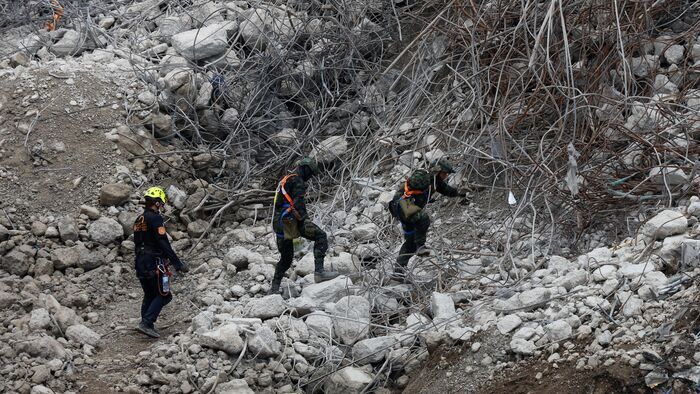In 1990, Romania began their market transition; at the time, they had the lowest level of development in the region. Romanian development was at 34.3 percent of the EU average while Poland reached 39.6 percent, Hungary 56.9 percent, and the Czechs 81.4 percent. The first statistics from Slovakia appeared in 1992, with their rate at 43.2 percent; however, in 1990 their numbers were probably higher given the negative economic effects of the transformation – thereby also exceeding the Romanian levels.
Today though, Romania has managed to achieve the highest development rates from 1990 to 2020 at 37 percent, which is even slightly higher than the Polish 36.5 percent. They managed more than twice the Hungarian rate (17.5 percent) and nearly three times the Czech rate (12.7 percent). By 2020, the Romanian economy compared to the EU average of development was at 71.3 percent, close to the Slovakian levels (71.6 percent) and historically nearing Hungarian levels (74.4 percent). With this under their belt, Romania achieved the fastest development rates of the region. Among the former communist countries, only Estonia and Lithuania were faster.
For both historical and geographic reasons, it is worthwhile to pose the question: what is the rapid Romanian economic development based on?
Let’s analyze some factors:
Romanian development – starting at the same level as the Baltic states – in the south mirrored northern progress, albeit with smaller growth surges but greater imbalances.
The Romanian model was capable of the growth dynamics found in the Baltic countries, but this came at a price: high financial imbalances. Romania’s budget deficits, rising gross debt ratios, current account imbalances, inflation and financial vulnerability were higher in recent years than in the Baltic and surrounding region. The fast-growing model is not associated with sustainable balance; thus Romania’s development is not yet sustainable.
In comparison to Hungary, the Romanian development surge was largely due to the deteriorating Hungarian economy after 2002.























Szóljon hozzá!
Jelenleg csak a hozzászólások egy kis részét látja. Hozzászóláshoz és a további kommentek megtekintéséhez lépjen be, vagy regisztráljon!